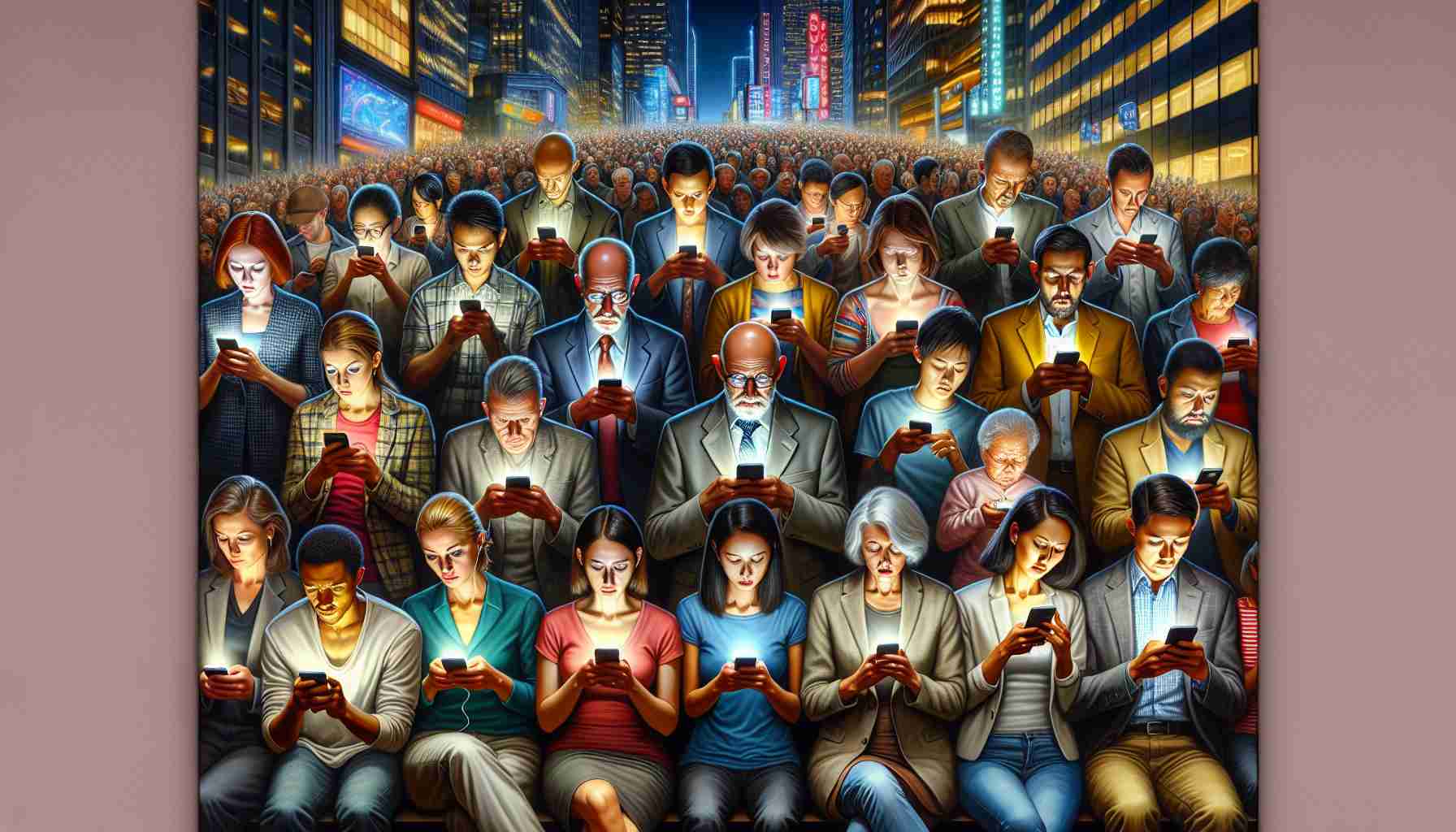Smartphones have essentially become digital Swiss Army knives in the fabric of American life. With functionality ranging from social connectivity through platforms such as Facebook and Instagram to professional utility involving Google and Zoom, these devices are tightly woven into our daily existence.
Smartphone usage has skyrocketed, with research in 2023 revealing that the average American checks their phone 144 times per day. The attachment begins early in the morning, with nearly 90% of people reaching for their device within the first ten waking minutes. Furthermore, around three-quarters of individuals admit to browsing their phone even in the restroom, and 60% take the habit to bed, opting to sleep with their phones nearby.
About 57% of people surveyed recognize an addiction to their devices. If you find yourself among this group, it might be time to consider a digital detox.
USA TODAY Tech columnist Kim Komando offers practical advice for reducing reliance on smartphones. One tip is to embrace the serenity of ‘Do Not Disturb’ mode during weekends and holidays, preserving precious moments for loved ones. For those who find it challenging to self-regulate, both Android and iPhones provide built-in features to monitor app usage. Utilize ‘Screen Time’ or ‘Digital Well-Being’ to set daily limits on frequently visited apps, ensuring downtime when needed.
Breaking free from the incessant pull of notifications and screen time may feel daunting, but it can lead to healthier digital habits and improved overall well-being.
Key Questions and Answers:
Q: Why is smartphone addiction a significant concern?
A: Smartphone addiction can lead to several negative consequences, such as reduced productivity, sleep disturbances, mental health issues like anxiety and depression, and negative impacts on physical health due to sedentary behavior.
Q: What strategies can people use to mitigate the effects of smartphone addiction?
A: Strategies include setting time limits on app usage, adopting ‘Digital Well-Being’ practices, engaging in screen-free activities, and using ‘Do Not Disturb’ modes to minimize distractions and prioritize face-to-face interactions.
Key Challenges and Controversies:
One of the key challenges involves balancing the convenience of smartphones with their potential to disrupt social interactions, work-life balance, and personal well-being. There’s a controversy regarding the responsibility of tech companies in creating addictive features versus the responsibility of users in managing their usage.
Advantages of Smartphones:
– Instant communication with friends, family, and coworkers
– Access to a vast array of information and services
– Navigation and travel assistance
– The convenience of numerous tools and utilities in one device
– Opportunity for learning and education through various apps
Disadvantages of Smartphones:
– Potential for addiction and compulsive checking
– Distraction leading to accidents or reduced productivity
– Possible infringement on privacy and data security
– Impact on physical and mental health due to overuse
– Diminished face-to-face social interactions
For further information on technology’s impact on society, you might visit reputable technology news and research organizations, such as TechCrunch or Pew Research Center. These resources often report on and analyze trends in technology usage and their societal impacts, providing broader context and deeper insights into the issues discussed in the article.
The source of the article is from the blog mgz.com.tw
